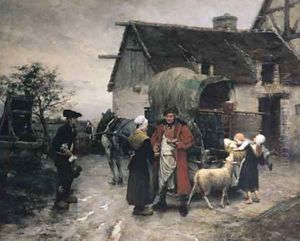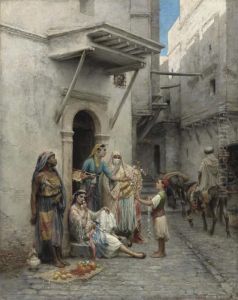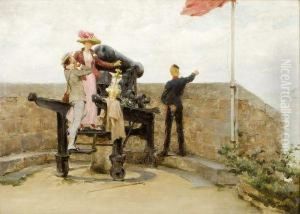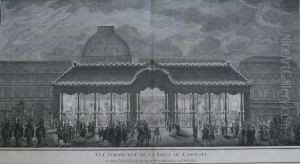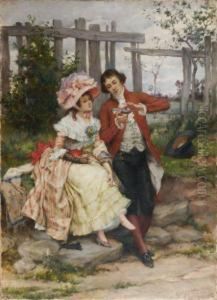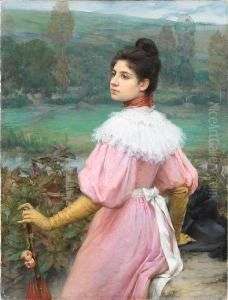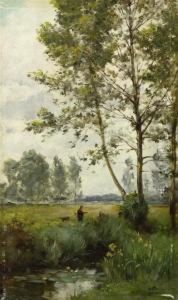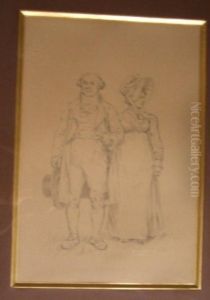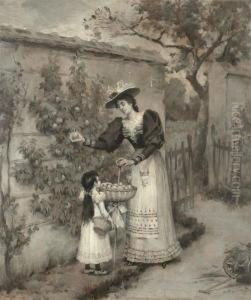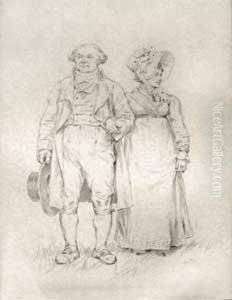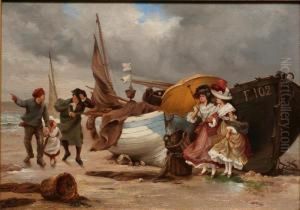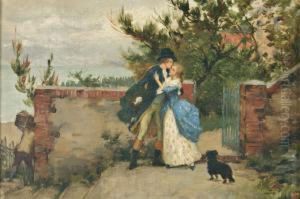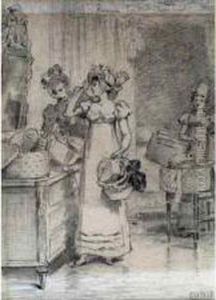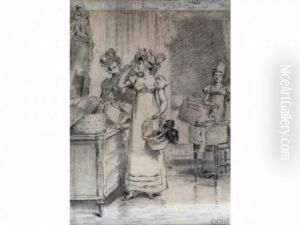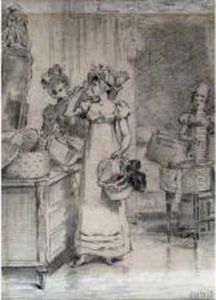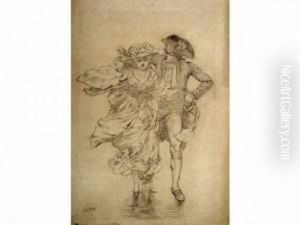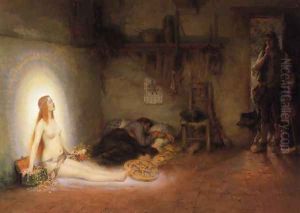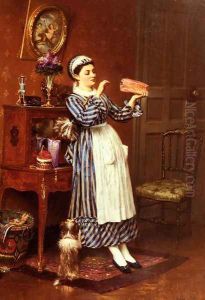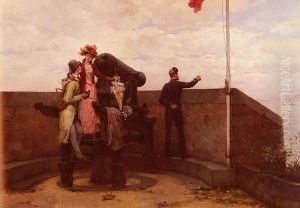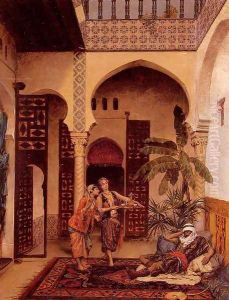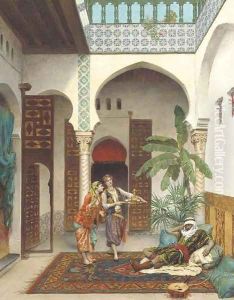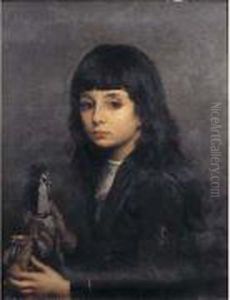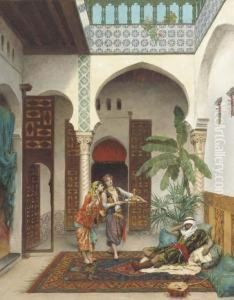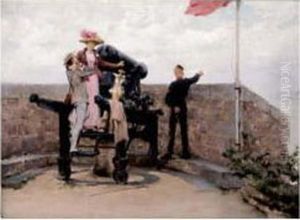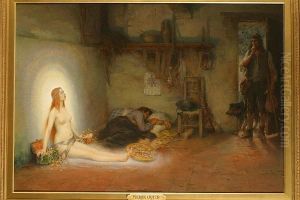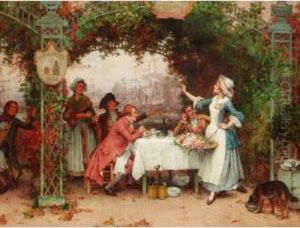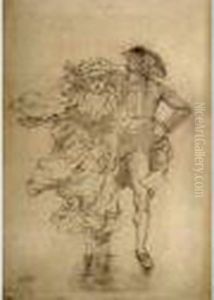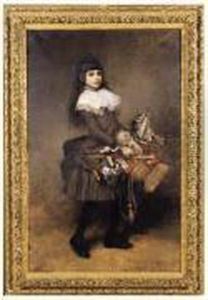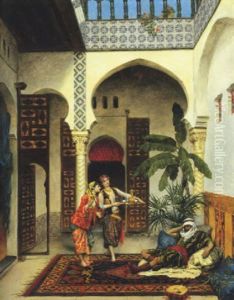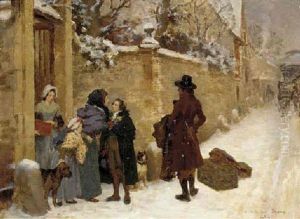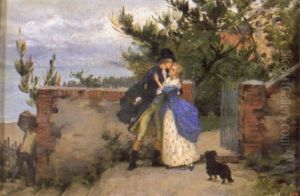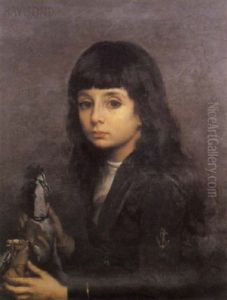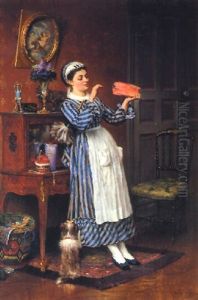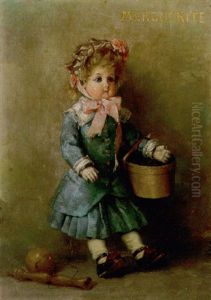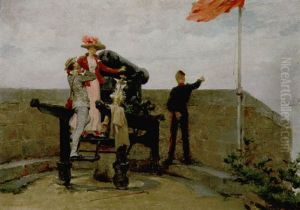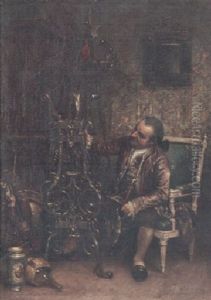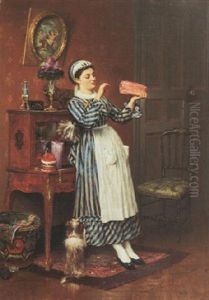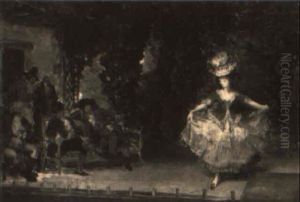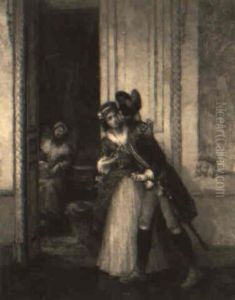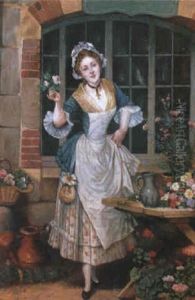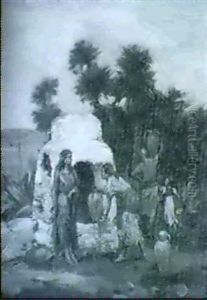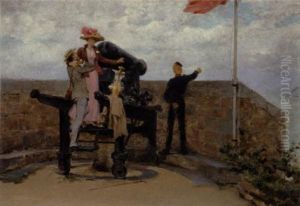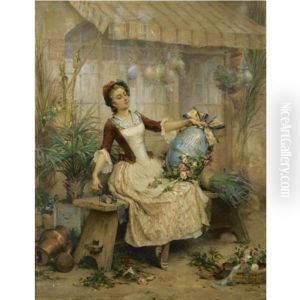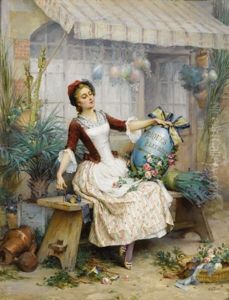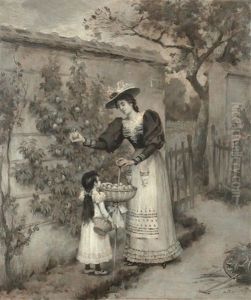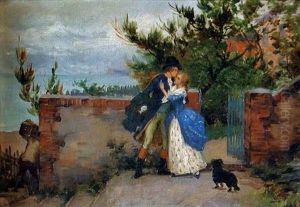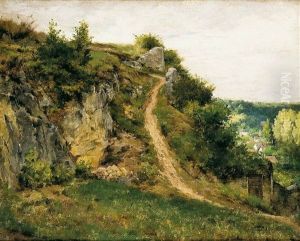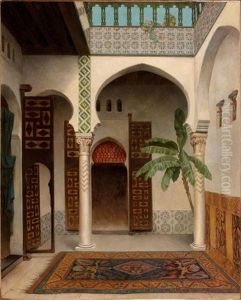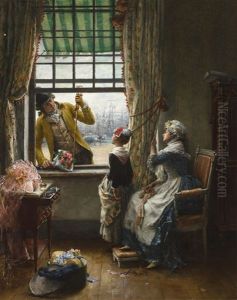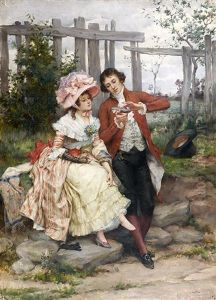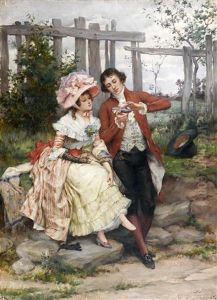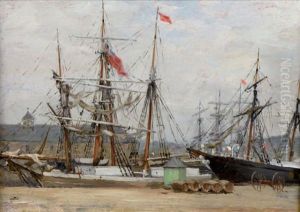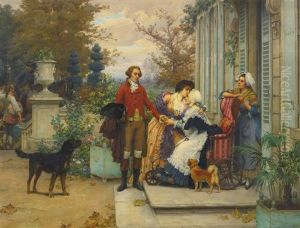Pierre Outin Paintings
Pierre Outin was a French artist born on September 25, 1840, in Châtillon-sur-Seine, France. He was a painter associated with the academic and classical styles that were prevalent during the 19th century in France. Outin’s work is characterized by its historical and mythological themes, as well as its attention to detail, use of color, and adherence to the standards of beauty and composition of his time.
Outin received his formal art education at the École des Beaux-Arts in Paris, which was the hub of academic art training in France. He studied under renowned artists such as François-Édouard Picot and Alexandre Cabanel, who were both influential figures in the academic art circles. Their teaching and mentorship helped to shape Outin’s style and artistic direction.
During his career, Outin participated in the Paris Salon, the official art exhibition of the Académie des Beaux-Arts in Paris. The Salon was the most important annual and biennial art event in the Western world at the time. Outin's works were well received, and he gained recognition for his paintings that often depicted scenes from ancient history and classical mythology, a common trend among academic artists who sought to depict the grandeur and moral seriousness of classical antiquity.
Pierre Outin’s paintings were not only appreciated in France but also attracted international attention. His works were exhibited in other countries, contributing to his reputation as a skilled painter of his genre. Despite the shift in artistic tastes at the end of the 19th century, with the rise of Impressionism and other avant-garde movements that challenged the academic norms, Outin remained committed to his classical roots.
Outin's life and career were relatively short, as he passed away on August 3, 1899, in Paris. Although his name might not be as widely recognized as some of his contemporaries, Outin's work continues to be of interest to those who study 19th-century French academic art. His paintings are a testament to the era’s artistic values and the level of craftsmanship that was expected of artists within the academic tradition.
